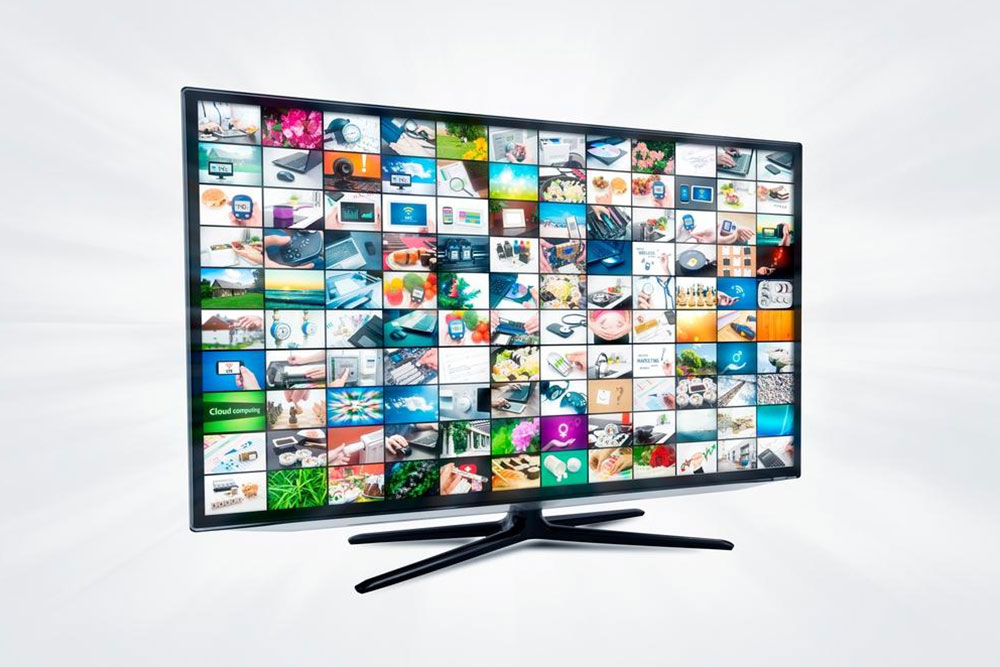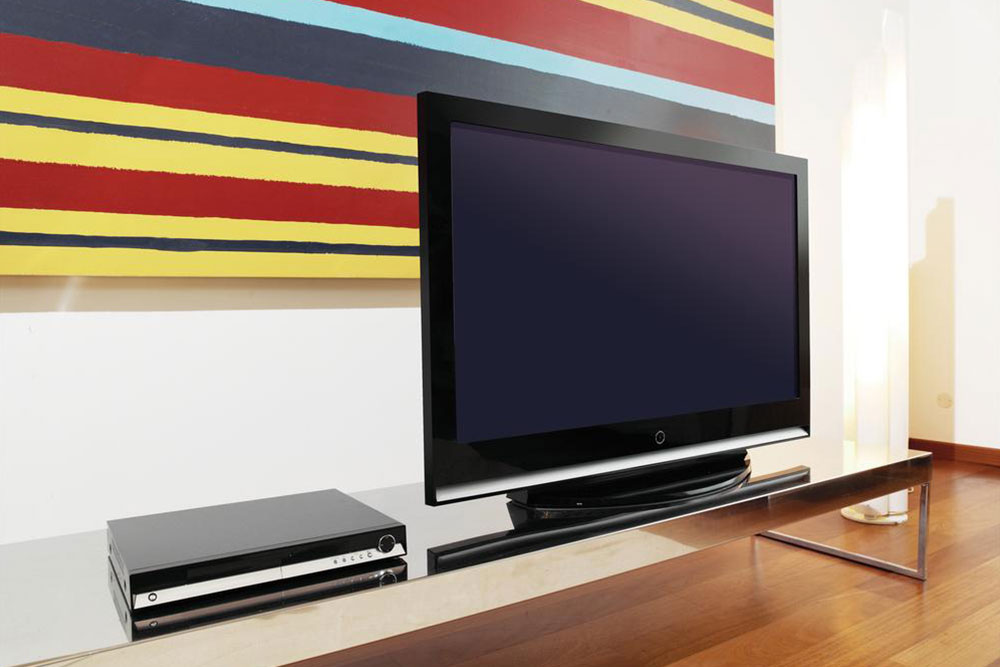Exploring Different TV Display Resolutions for Better Viewing
Discover the various TV resolutions including 720p, 1080p, 2K, and 4K Ultra HD. This guide helps you understand each type's specifications and benefits, enabling you to choose the best TV resolution based on your preferences and budget. Stay informed about the latest in television technology for an optimal viewing experience.

Exploring Different TV Display Resolutions for Better Viewing
The evolution of television technology offers consumers a wide array of TV options, all featuring advanced specs, superior picture clarity, and immersive audio. With so many choices, understanding various resolutions becomes essential to picking the ideal TV for your needs.
Understanding resolutions like 4K, 2K, UHD, and others helps determine which TV best suits your budget and viewing preferences. This guide breaks down each resolution type so you can make an informed decision.
To choose the right TV resolution, it's helpful to know what each term signifies. Here's an overview of common TV resolutions:
720p
While once popular, 720p is now considered outdated. It features a pixel count of 1280 × 720, totaling 921,600 pixels. This resolution offers basic HD quality but has been largely replaced by higher resolutions in modern TVs.
1080p
Known as Full HD, this resolution measures 1920 × 1080 pixels, providing around 2 million pixels for sharper images. 1080p remains a standard for many screens and content, delivering clear, high-quality visuals.
The 1080p display results in twice the detail quality of 720p, making it ideal for most viewers. Most modern content is produced in 1080p, maintaining its popularity in the industry.
2K
Primarily used in digital cinema, 2K resolution typically refers to a width of approximately 2048 pixels, but vertical resolution isn't specifically standardized. It gained recognition as a cinema format and is now being used in some high-end consumer TVs, often seen as a step below 4K in sharpness.
4K Ultra HD
Currently the prevalent high-resolution standard, 4K or UHD features a pixel dimension of 3840 × 2160. It provides four times the pixels of 1080p, delivering ultra-clear images and detailed visuals. Although sometimes called 2160p, it's widely recognized as 4K Ultra HD, making it a top choice for an immersive viewing experience.
Note:
Our blog offers diverse information on tech-related topics based on thorough research. While the data aims to be accurate and insightful, it shouldn't replace professional advice or extensive research. The team isn't responsible for discrepancies or updates from other sources. Additionally, some promotional offers or schemes might not be covered here, so always verify details independently.










